Clay and skin types
Hello everyone, I hope you are well. Today, I'm back with you for a new article. A true ancestral ingredient for beauty (and not just pottery), clay is by far the must-have for any skin/hair care enthusiast. In this article, find out a little more about clay, its composition and how to choose it according to your skin type.
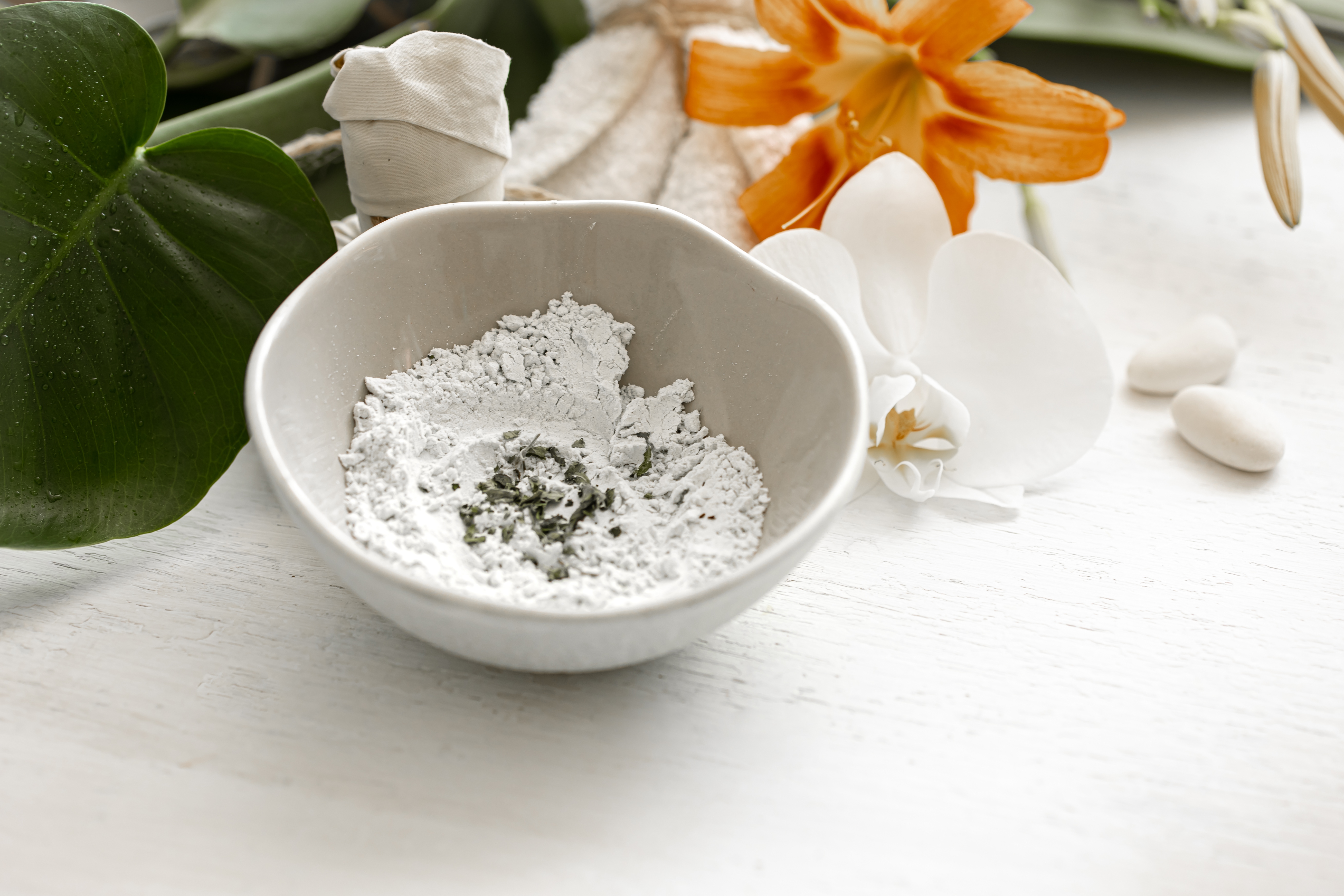

Clay comes from the decomposition of the superficial parts of the earth's crust, the source rocks. It is therefore a natural material. It is composed of silica, iron, aluminum, magnesium, calcium, phosphorus, sodium, copper, zinc, selenium and manganese to name just a few. Depending on its composition, it can have a different color and a different contribution to our skin. It can be green, white, pink, yellow, red, blue or purple. Let's see together what are the skin specificities of clays in order to better integrate them into our routine.
Green clay
Green clay is the most common. It is rich in oxidized iron and organic matter. It cleans, cleanses, regulates sebum production, tightens pores, eliminates blackheads, fights acne, eliminates bacteria and impurities from the skin. It also acts against certain skin diseases such as eczema and psoriasis, prevents signs of aging, revives the skin and gives it a fresh, luminous complexion. It is ideal for oily and/or acne-prone skin.


White clay
Also called kaolin, white clay is considered the purest and softest. Rich in silica, it hydrates, softens, soothes, fights signs of aging, gently exfoliates and detoxifies. It also fights acne thanks to its anti-inflammatory properties, it helps with healing, and fights against itchy skin which can be linked to certain diseases such as eczema. It eliminates toxins and restores the skin's natural radiance. Less absorbent than green clay, white clay can be used by all skin types, plus with its softness it is also suitable for sensitive skin.
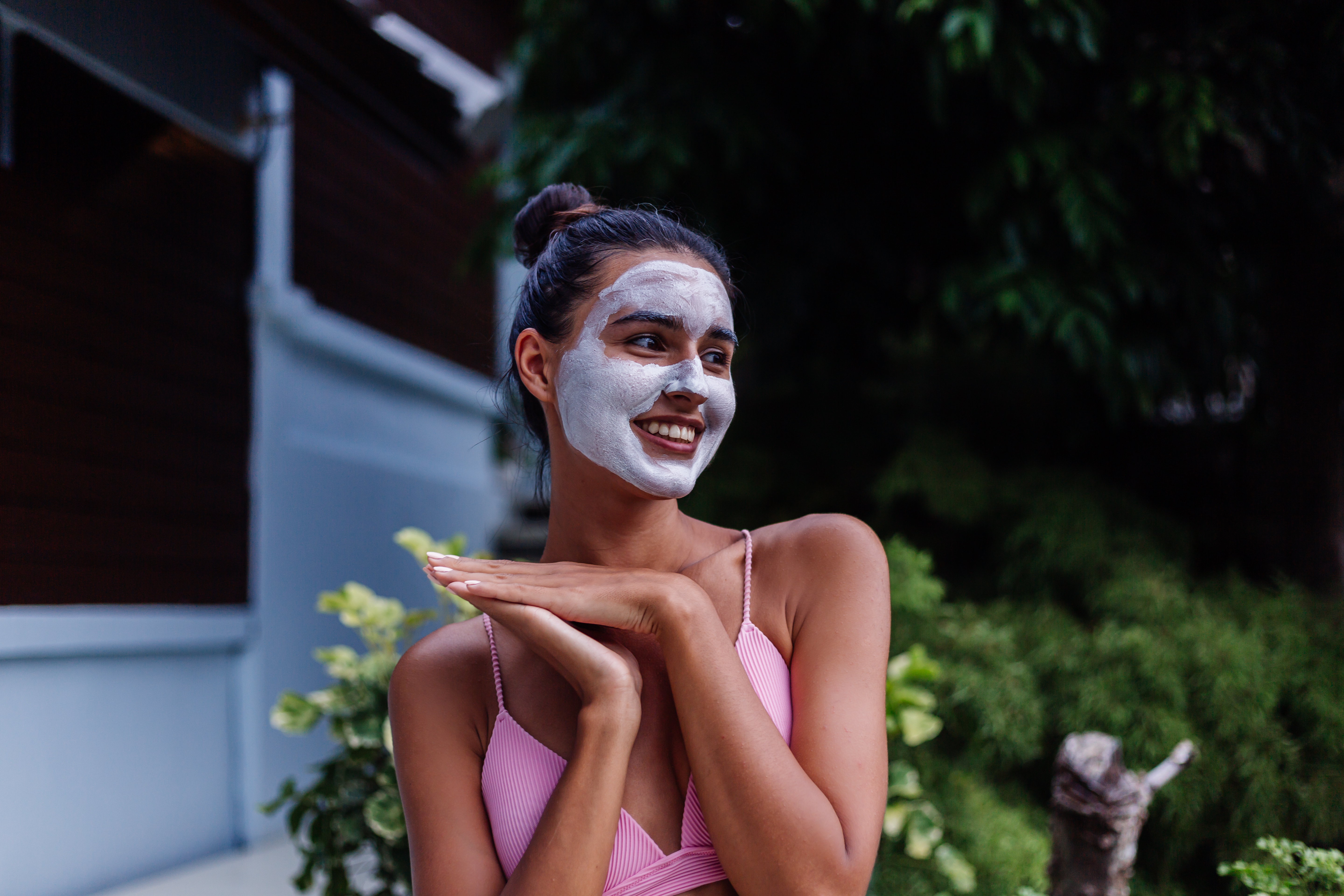

Red clay
Red clay gets its color from its richness in potassium and manganese oxide. It radiates the skin, giving it a healthy glow. It detoxifies, gets rid of impurities, purifies, fights redness, cleanses, softens. It also helps control excess sebum and mattifies the skin. Red clay is perfect for all skin types and also sensitive skin.
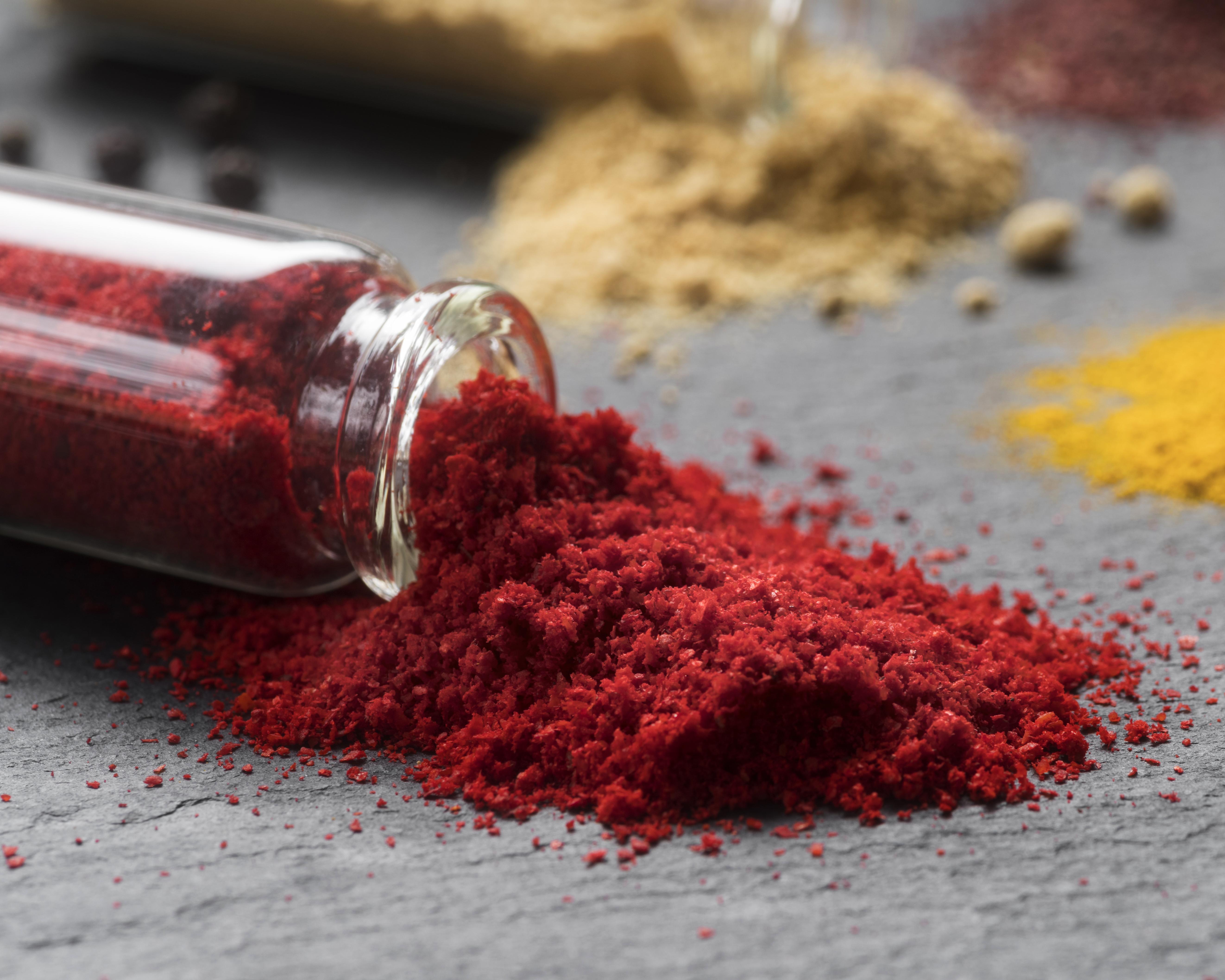

Pink clay
Pink clay is a mixture of red and white. It therefore has the combined virtues of these two. It detoxifies, mattifies, softens, gets rid of impurities, hydrates, exfoliates, fights signs of aging, helps heal the skin. It helps against certain skin diseases such as acne, eczema, psoriasis. It also brightens the skin by giving it suppleness and boosting collagen production. In short, you take the benefits of white clay and those of red clay and you get those of rose🥰.
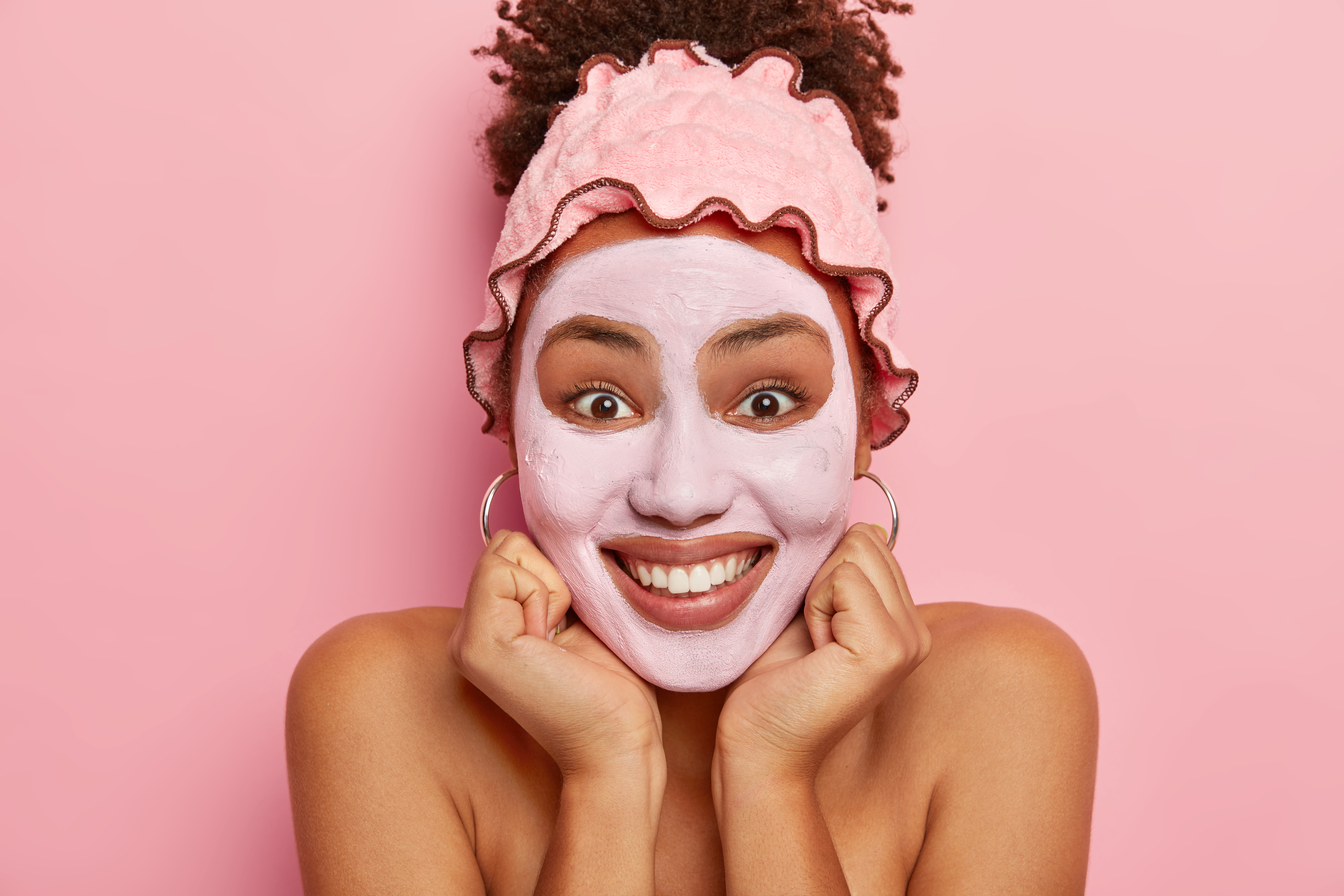

Yellow clay
Also called yellow illite, it is rich in iron oxide and hydrated aluminum silicate, hence its color. It helps tighten pores, fights excess sebum, gets rid of impurities and tones. It also soothes redness, fights pigment spots, helps the skin heal, and promotes collagen production. It cleanses the skin, purifies it and gives a healthy glow. Yellow illite is suitable for combination and oily skin.


Blue clay
Very rare, this clay gets its color from a mineral pigment called lazurite. It fights acne, repairs, protects, soothes, helps with healing, gets rid of dirt and impurities. It has antioxidant properties, so it helps prevent and combat fine lines/wrinkles. It also cleanses, purifies the skin and brightens the complexion. This nugget is best suited to combination, oily and/or dull, tired skin.
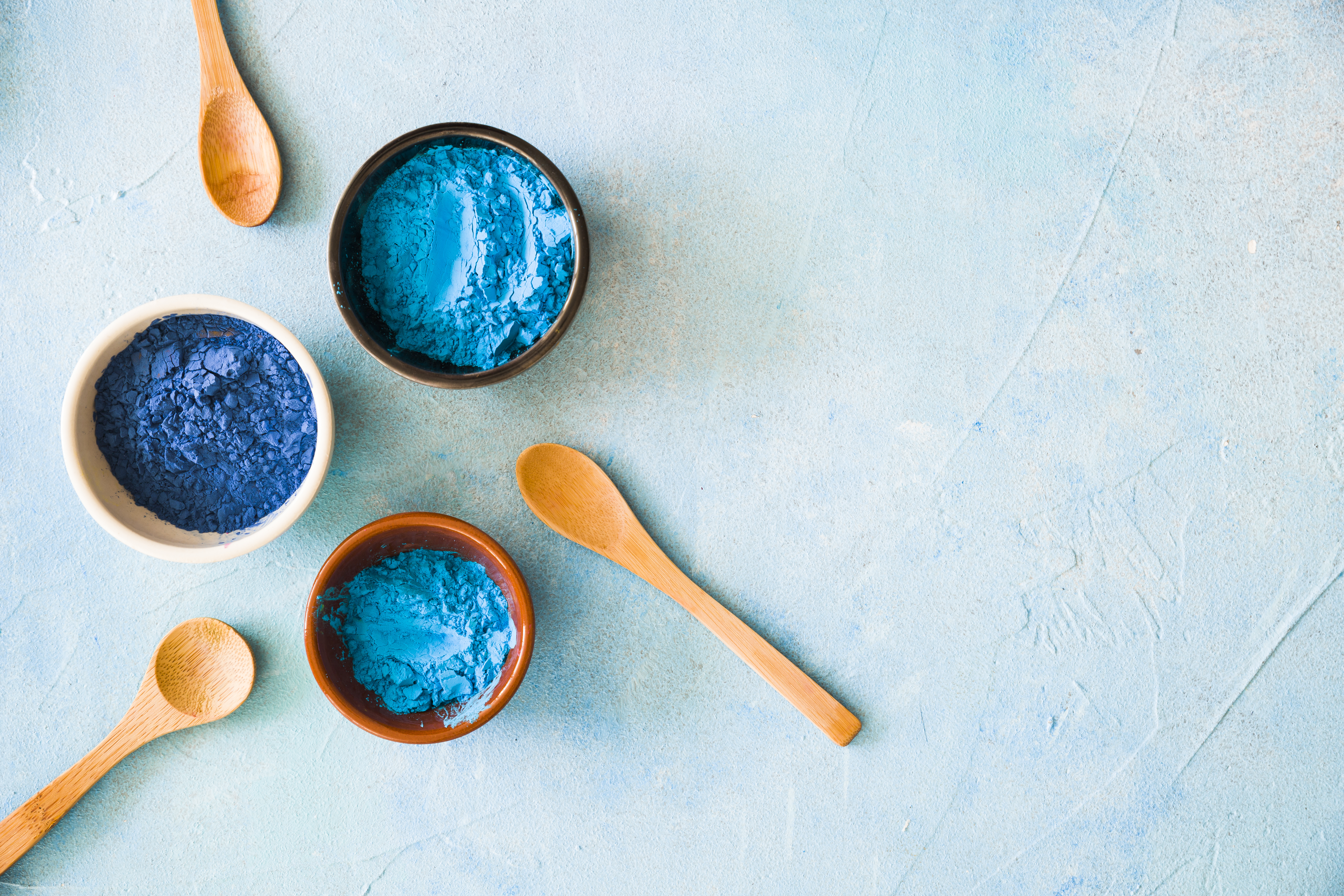

Purple clay
Purple clay is obtained from kaolin (white clay) and mineral pigments from manganese violet. It is suitable for all skin types but is most recommended for dull and/or dry skin. It softens, softens, calms itching and skin inflammation, helps with healing, fights excess sebum and soothes. It also rids the skin of its toxins and purifies it.
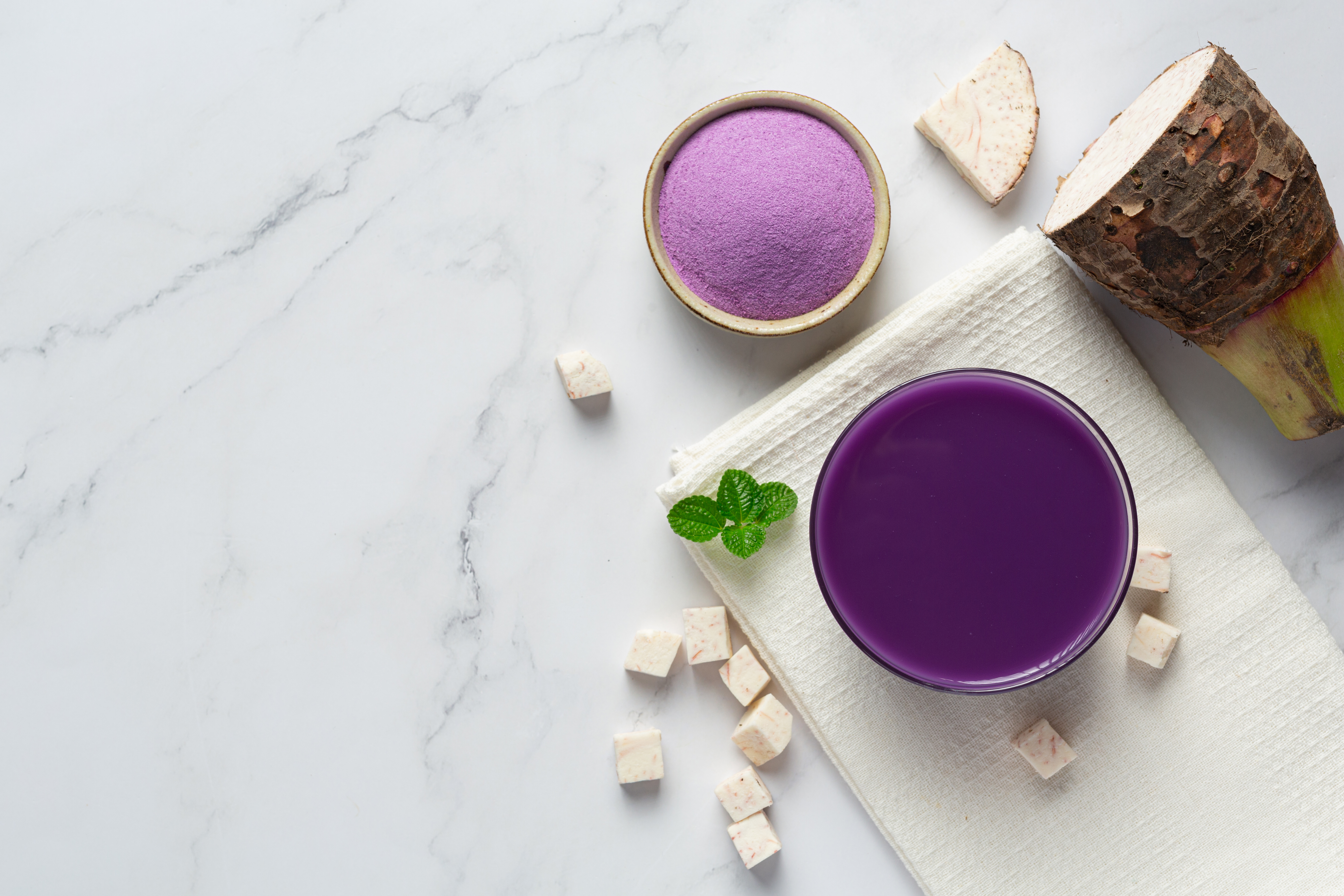

In masks or poultices for your skin, clays remain important allies for treating certain problems and having a beautiful, fresh complexion. For your DIY, always choose wooden, glass or ceramic utensils. Those made of metal risk altering the benefits of clay. Leave your masks on for five (5) to ten (10) minutes, do not let them dry on your skin as they risk dehydrating it, which is not the desired result.
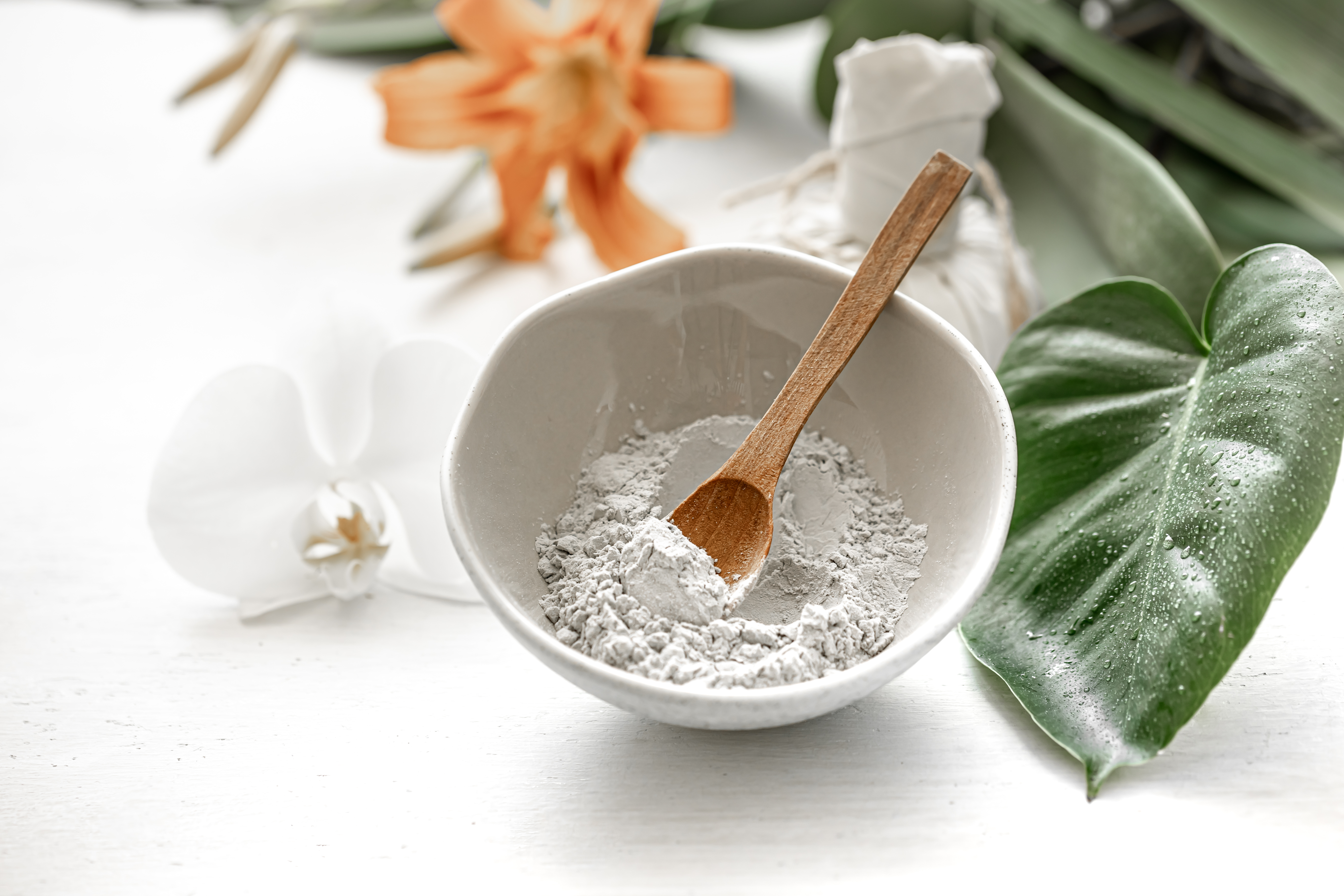

That's all for this article, I hope you liked it 🥰. Do not hesitate to share with me your opinions and feedback on the clays you use (in powders or ready-to-use masks). To do so, I am waiting for you on the blog's different networks. While waiting for the next article, take care of yourself ❤️.
See you soon 💋